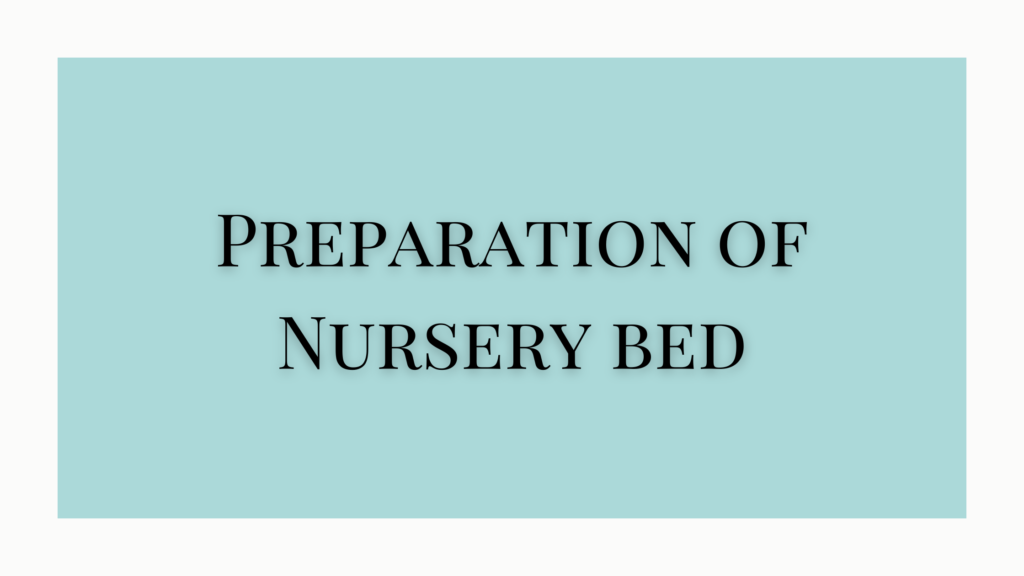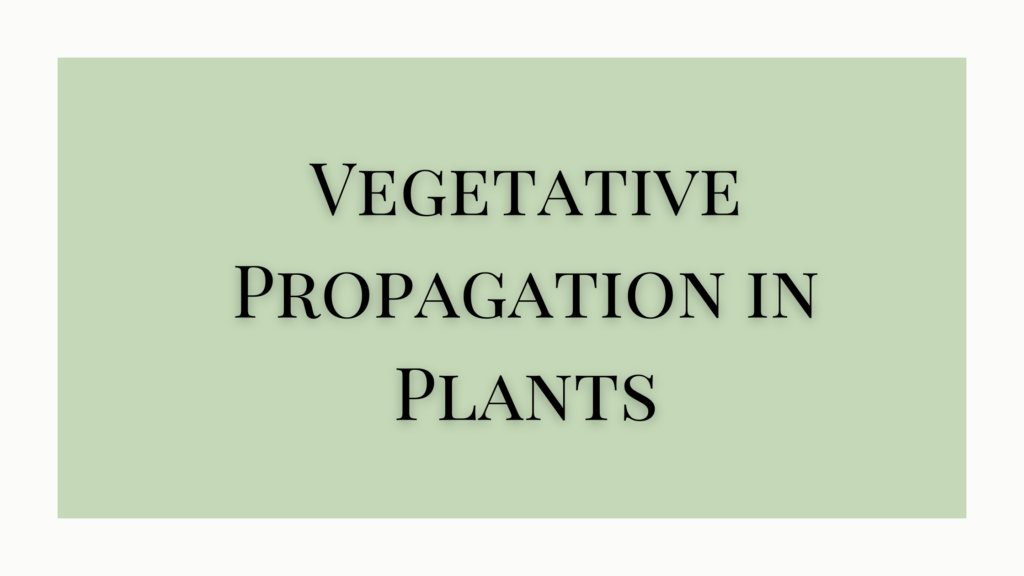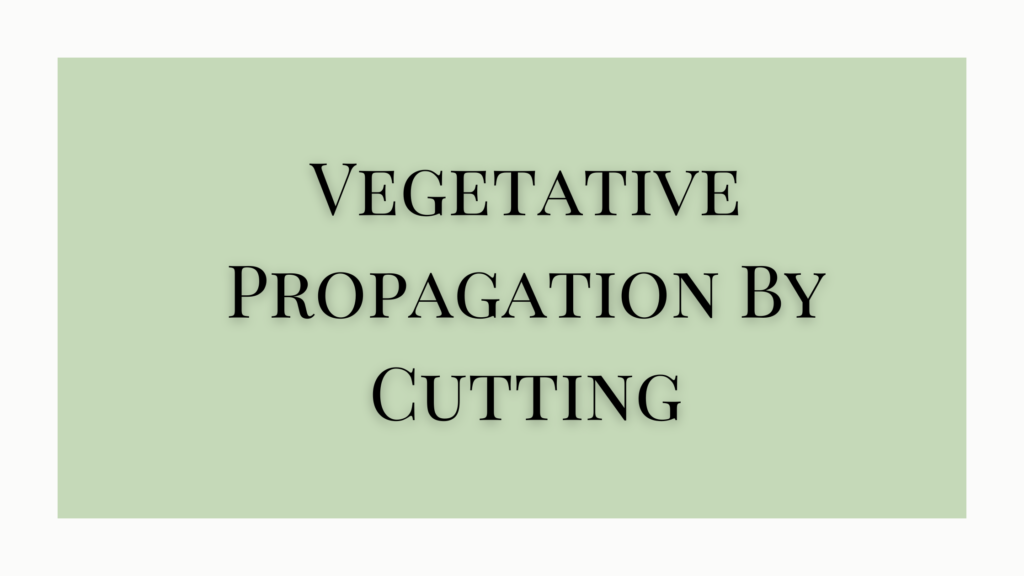The propagation and early cultivation of trees, shrubs, and perennials are done in nurseries. Here, proper preparation of nursery bed is key for the healthy propagation and growth of the plants.
The field should be laid out for cultivation as near as possible on the contour. The propagation frames should be placed close to the home. Since frequent attention is necessary to regulate temperature and humidity, plants are set out in blocks for easier handling. The size of the block varies with the size of the plants.
Media Used for Preparation of Nursery Bed
Several media are used in plant propagation and the media should have the following characteristics.
- It should be firm enough to hold the seeds and cuttings during germination and rooting.
- Should retain and supply sufficient moisture to the seeds or cuttings.
- Must be porous enough to permit aeration and be able to drain out excess moisture.
- It should be free of high concentrations of salts.
- Must not contain any weed seeds, pathogens, or nematodes.
Preparing the Soil
Preparation of soil for plants start with choosing the right type. The most preferred type of soil for nursery beds is the deep friable topsoil. The presence of sizeable stones in the soil greatly increases the cost of operation.
- The first step of the preparation of a nursery bed is clearing the area and properly cleaning it to remove any kinds of weeds or waste materials. At the same time, soil should be tested properly to understand the nutrient levels so that necessary nutrients may be added as required.
- The nursery bed should be 1 meter wide.
- The next step is to plow the soil for the nursery bed and supply it with the necessary lime and fertilizer as the soil test indicates.
- Soil preparation before planting should ordinarily include the plowing down of several cover crops to build up the organic matter content of the soil. The organic matter improves physical structure, reduces soil erosion, and improves fertility.
- While preparing the soil, make a mix of topsoil, compost, and sand in a ratio of 2:1:1.
- The soil is spread evenly and sometimes topped with dry mulch as well.
- As the next step, high-pressure steam or other sterilization methods may be used to sanitize the soil and prevent diseases and pests.
- If steam is used for sterilization, the soil should be allowed to cool down properly before sowing the seeds or planting.
- Nursery beds should be regularly rotated using soil-building crops, every few years.
- Regular watering over the period hardens the soil which should be loosened with light digging such as a hand fork or other suitable tool.
Maintenance of Plants
- Watering is an important operation for nursery bed care. Low-pressure irrigation through a hose is the usual method.
- Nursery often had delicate seedlings, cuttings, and other propagation parts until they were mature enough for transplanting.
- They need regular fertilizers to ensure healthy growth and development. Organic manures are the best option for these young plants.
- Plants in nursery beds would also need protective measures against pests and diseases.
- Fungicides and pesticides could be used here.
- As an additional protection using protective fencing around the beds can guard against birds and other small animals.




